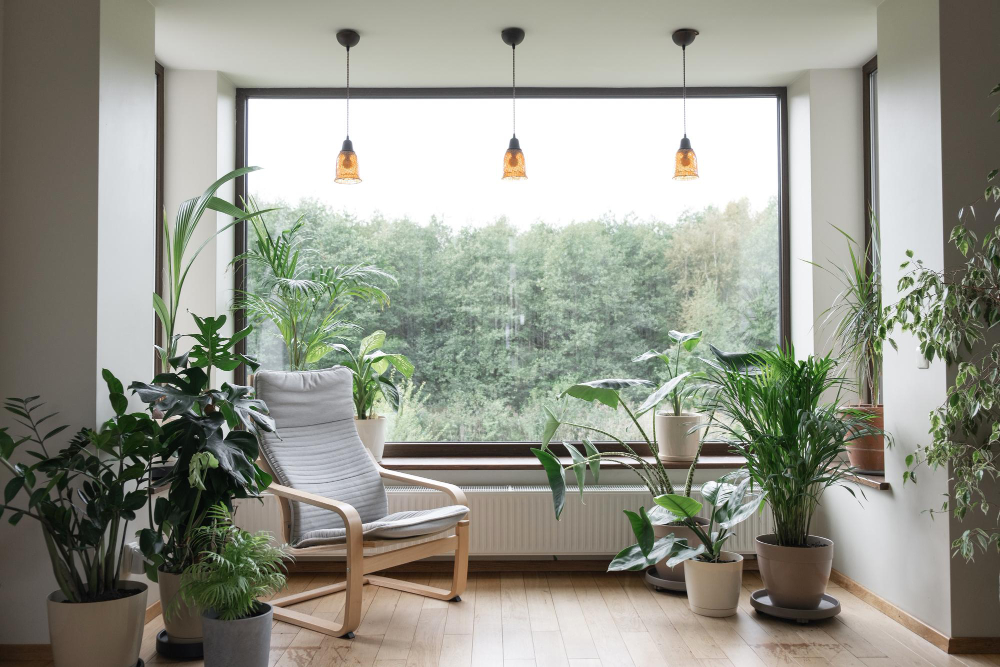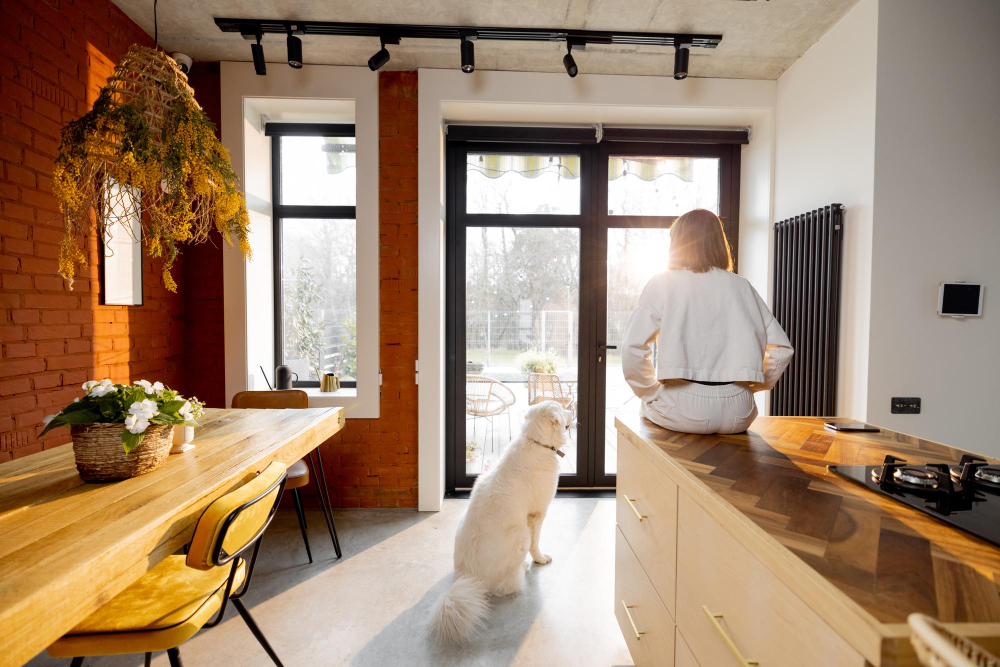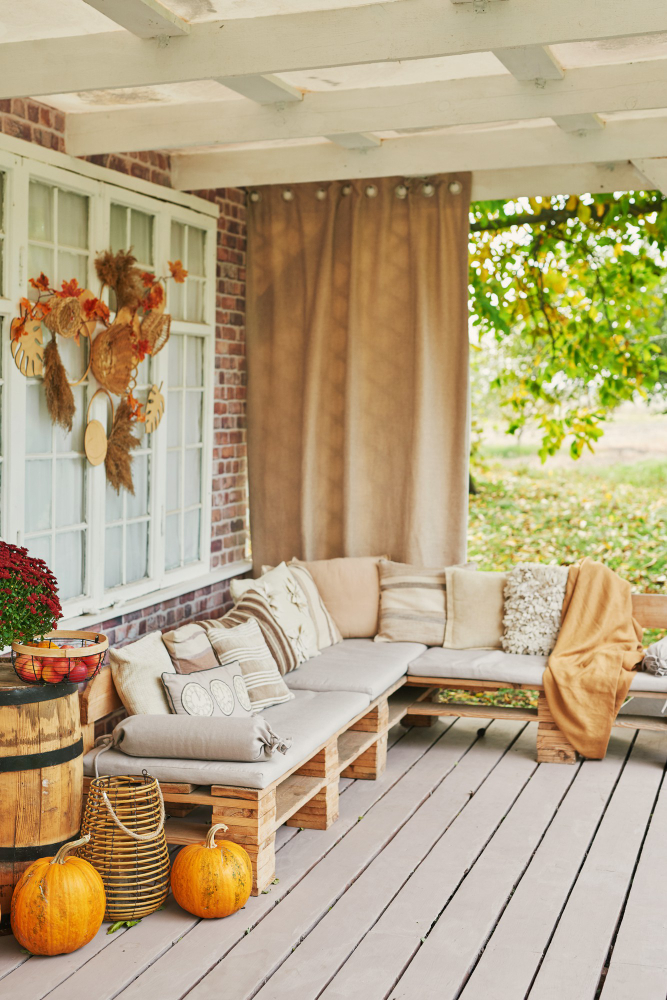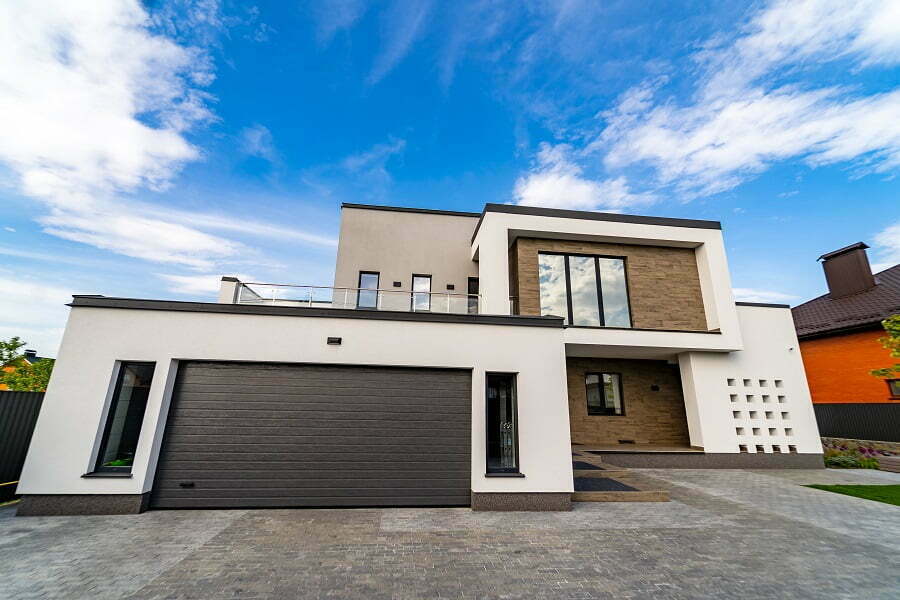Last updated on
Creating an eco-friendly and low-maintenance backyard not only benefits the environment but also provides you with a serene outdoor space to relax and enjoy. By making a few simple changes to your landscaping and gardening practices, you can significantly reduce your carbon footprint and upkeep efforts while still having a beautiful outdoor area.
Here are six essential tips to help you achieve a sustainable and hassle-free backyard that’s both environmentally friendly and easy to maintain.
Choose Native Plants
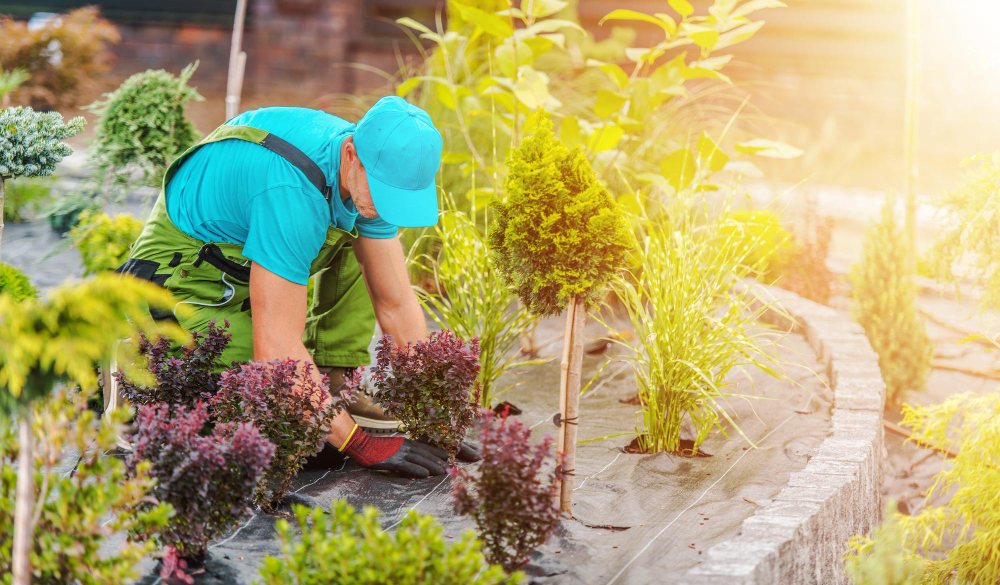
Opting for native plants in your backyard landscaping is a smart choice for several reasons. Native plants are naturally adapted to the local climate, soil, and rainfall patterns, requiring minimal watering and maintenance once established.
Hiring landscape designers in Castle Pines can help you choose the right plants and design elements that thrive in the local climate and soil conditions, ensuring a sustainable and visually appealing backyard that requires minimal maintenance and maximizes eco-friendliness.
Additionally, native plants support local wildlife by providing habitat and food sources for birds, insects, and other beneficial organisms. By incorporating native plants into your backyard, you’ll create a vibrant and biodiverse ecosystem while reducing the need for chemical fertilizers and pesticides.
Implement Water-saving Techniques
Conserving water is crucial for both the environment and your wallet, especially in regions prone to drought or water shortages.
You can reduce water usage in your backyard by implementing various water-saving techniques such as installing a rain barrel to collect rainwater for irrigation, using drip irrigation systems to deliver water directly to plant roots, and incorporating permeable surfaces like gravel or mulch to reduce runoff and promote groundwater recharge.
Additionally, consider replacing thirsty lawns with drought-tolerant ground covers or ornamental grasses that require less water to thrive.
Practice Sustainable Lawn Care
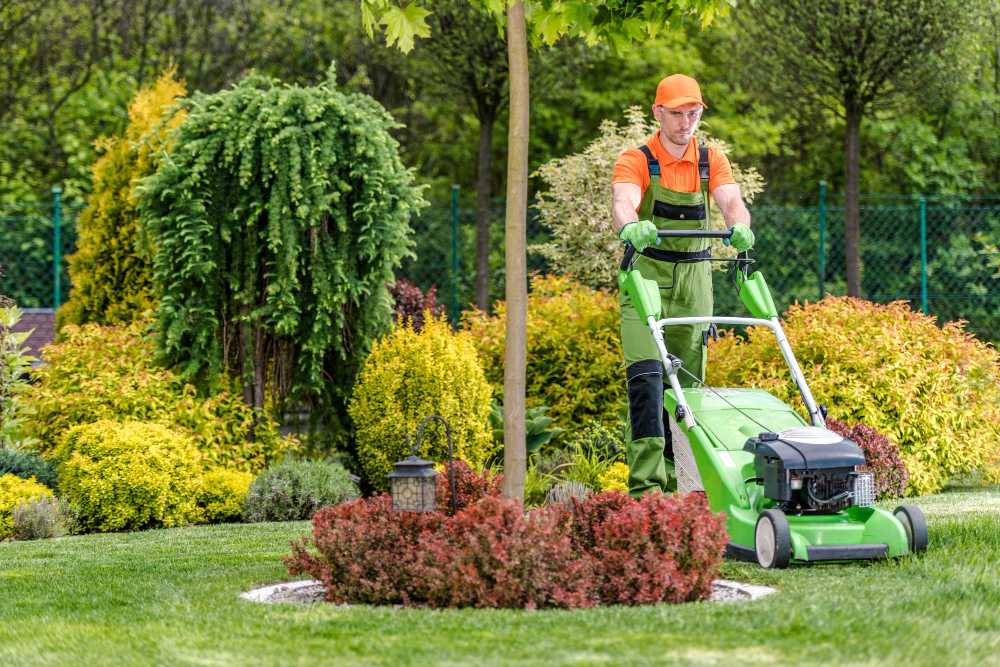
Maintaining a lush green lawn can be time-consuming and resource-intensive, but there are ways to keep your lawn healthy while minimizing environmental impact.
- Instead of using synthetic fertilizers and pesticides that can leach into groundwater and harm beneficial organisms, opt for organic lawn care products or homemade compost tea to nourish your grass naturally.
- Mow your lawn at a higher setting to promote deeper root growth and shade the soil, reducing water evaporation and weed growth.
- Leave grass clippings on the lawn to decompose and return nutrients to the soil, further reducing the need for fertilizer.
Create a Habitat for Wildlife
Encouraging wildlife to visit your backyard not only adds to its natural beauty but also helps support local ecosystems and biodiversity. You can create a habitat for wildlife by installing bird feeders, birdhouses, and butterfly gardens filled with native plants that provide food and shelter for birds, bees, butterflies, and other beneficial insects.
Avoid using chemical pesticides and herbicides that can harm wildlife and disrupt the food chain. Instead, embrace natural pest control methods such as planting companion plants that repel pests or introducing predatory insects like ladybugs and praying mantises to keep pest populations in check.
Use Sustainable Materials and Features
When designing or updating your backyard, consider using sustainable materials and features that have minimal environmental impact.
- Opt for locally sourced, recycled, or renewable materials such as reclaimed wood for decking, natural stone for pathways, and bamboo for fencing. These materials not only reduce the carbon footprint associated with transportation but also promote responsible resource management.
- Additionally, incorporate eco-friendly features such as solar-powered outdoor lighting, compost bins for organic waste, and permeable paving stones that allow rainwater to infiltrate the soil instead of running off into storm drains.
By choosing sustainable materials and features for your backyard, you can further minimize your environmental footprint and create a space that aligns with your eco-conscious values.
Embrace Minimalist Design Principles
Adopting minimalist design principles in your backyard can not only simplify maintenance but also enhance its aesthetic appeal and functionality. Instead of cluttering your outdoor space with unnecessary decorations and furniture, focus on creating a clean and uncluttered layout that emphasizes natural elements and open space.
Choose versatile and durable outdoor furniture made from sustainable materials that can withstand the elements and require minimal upkeep. Incorporate strategic plantings and hardscape elements to define different areas of your backyard while maintaining a sense of openness and flow. By embracing minimalist design principles, you can create a tranquil and harmonious outdoor retreat that requires less time and effort to maintain.
By following these essential tips, you can create a sustainable outdoor space that enhances your quality of life while minimizing your environmental footprint. Whether you’re a seasoned gardener or a novice landscaper, incorporating these strategies into your backyard design will save you time and money in the long run and contribute to a healthier planet for future generations to enjoy.
Related reading:
Table of Contents
